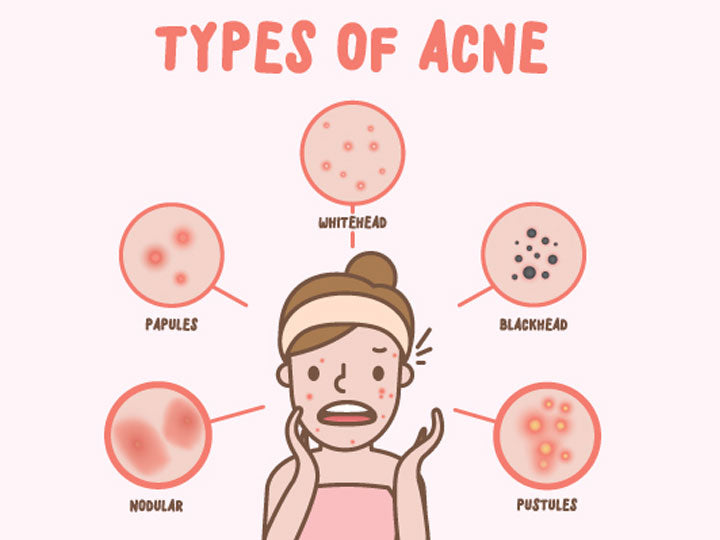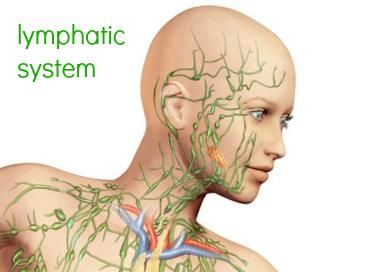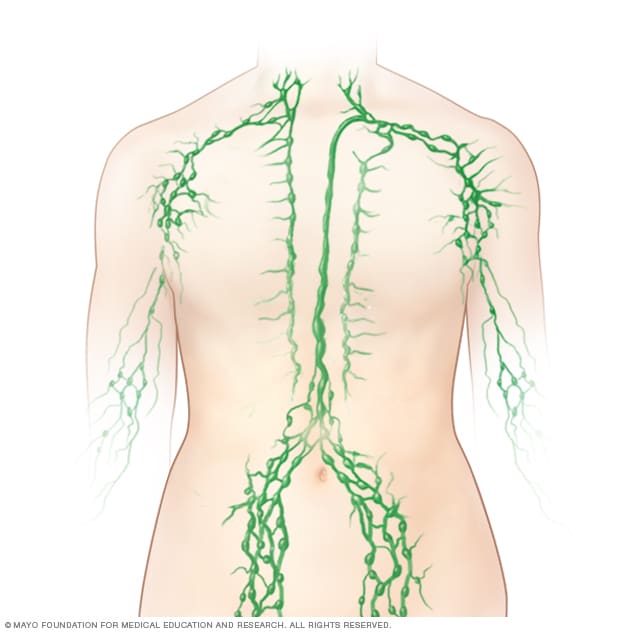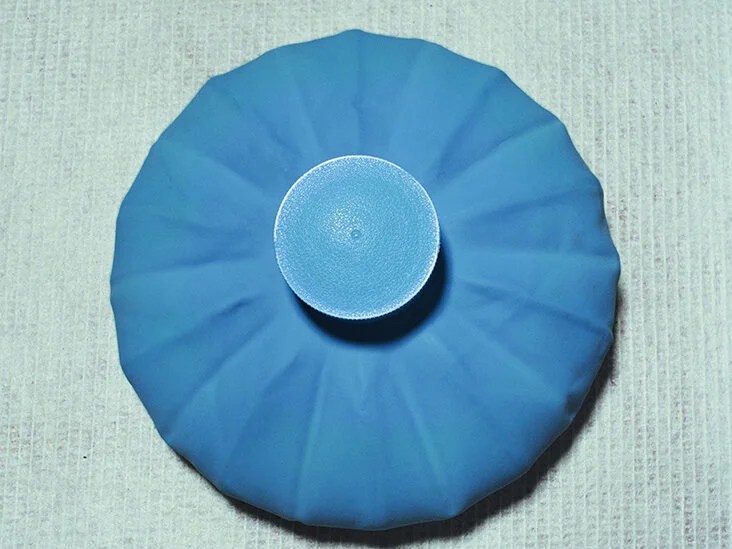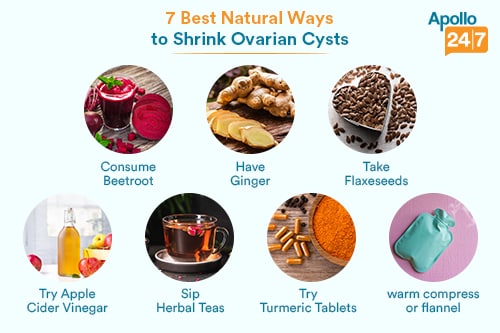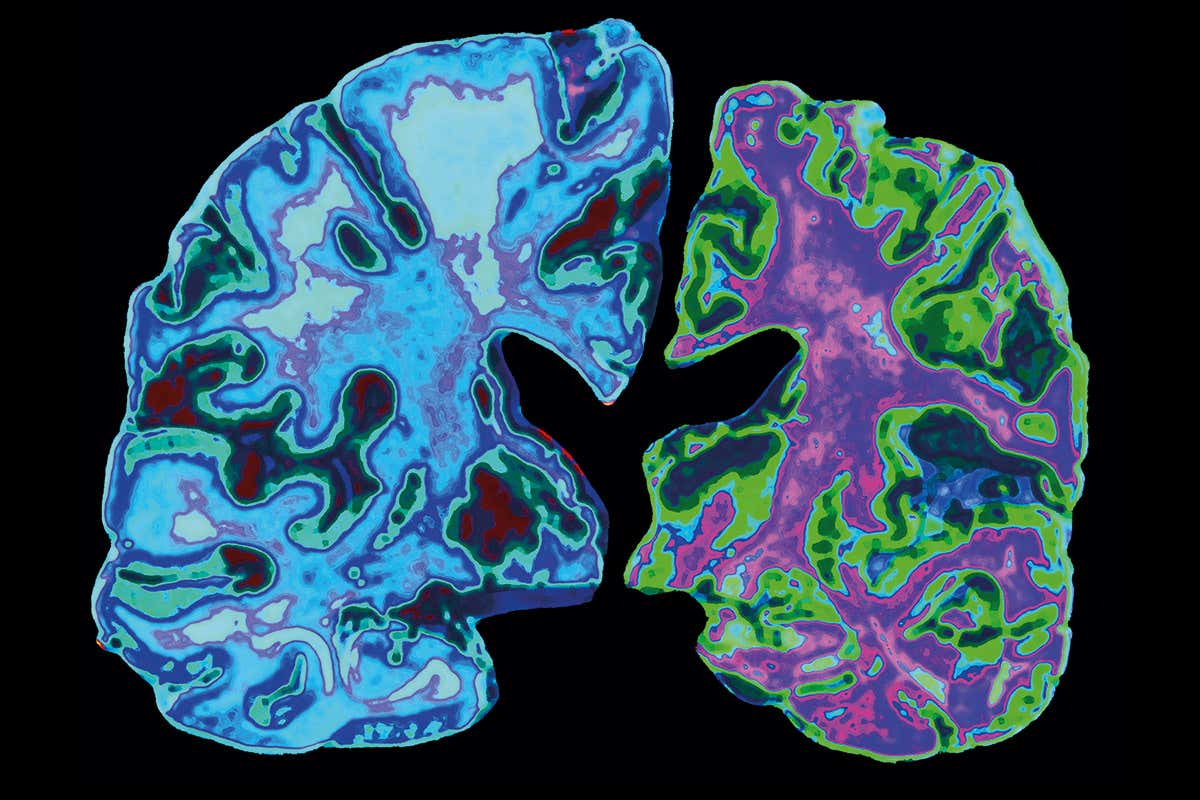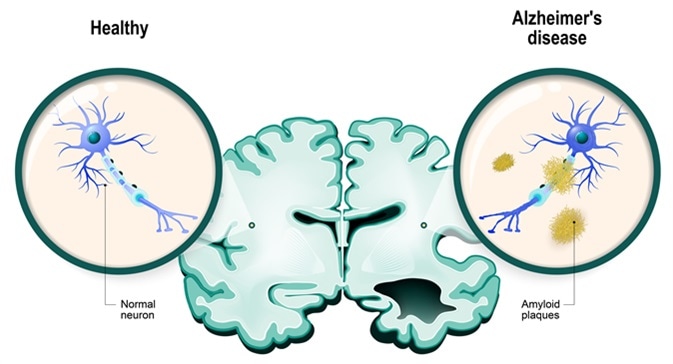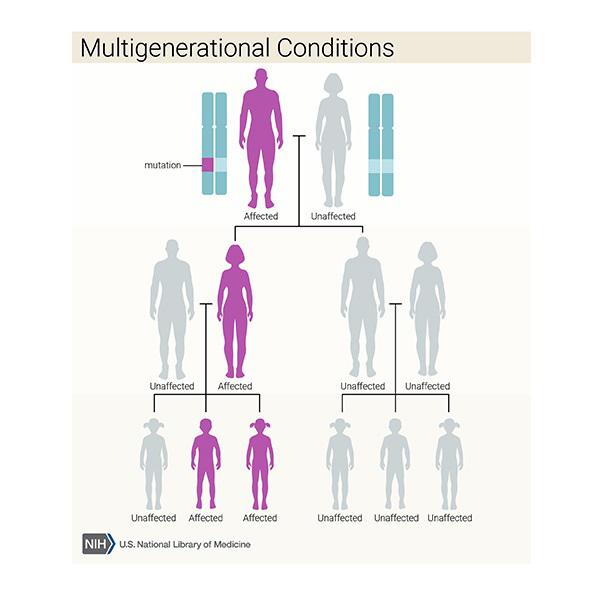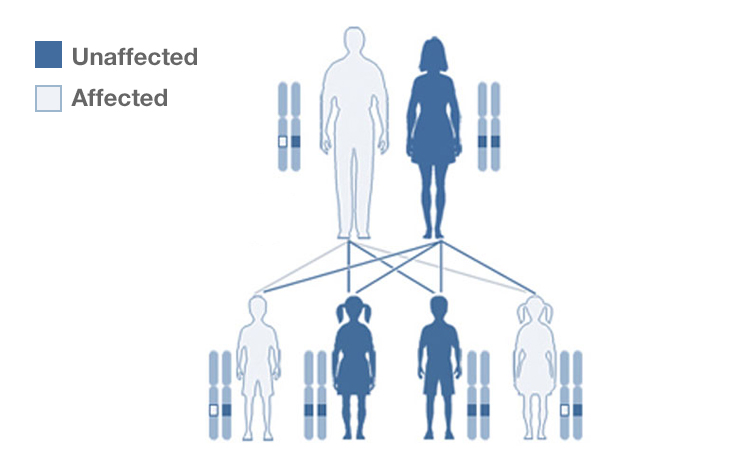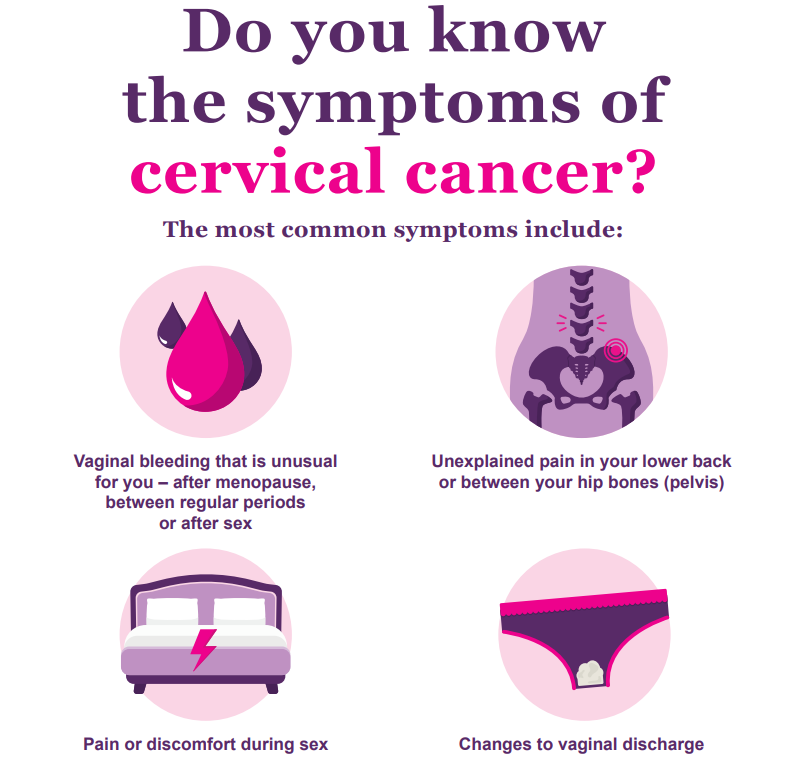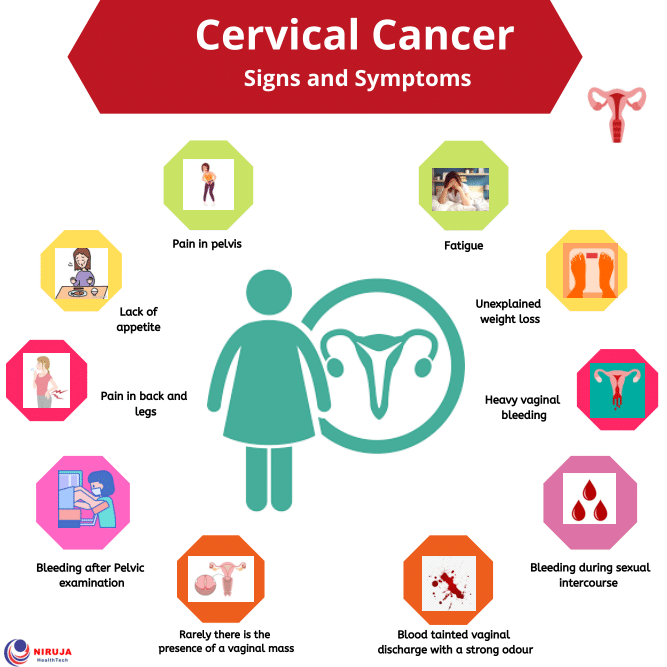Hot in How to Cure the Hot Flashes
There are many ways to cure the hot flashes, but most women do not know which ones are effective. While there are numerous prescription drugs, alternative therapies may be just as effective. While these treatments are not regulated by the Food and Drug Administration, they are not subject to the same stringent testing standards as prescription medications. Furthermore, they do not need to be proven safe and effective, and are often sold over the counter. For this reason, it is crucial to find out which treatments will work best for you.
Among the best treatments for hot flashes include acupuncture and yoga breathing. Some researchers have also found that meditation and hypnosis can reduce the severity of hot flashes. Some practitioners recommend acupuncture as well. Although not yet scientifically proven, acupuncture has been shown to reduce the frequency and intensity of hot flashes. Some women also report better results with these techniques than with other methods. While these options aren't as effective as other options, they are worth trying.
Phytoestrogens are a group of estrogen-like substances found in some vegetables, fruits, and legumes. These compounds may act in the body similarly to estrogen but are not absorbed easily. They are not safe to take for long periods of time. Always consult a doctor before taking any supplements or other treatment for menopause. These are just a few of the options out there that can help you deal with the hot flashes.
Phytoestrogens are estrogen-like compounds found naturally in certain plants and foods. They may act in the body in the same way as a weak form of estrogen, but this has not been proven by research. Even if they work, it's best to talk to your doctor before trying any of these treatments or other methods. It's always best to follow your doctor's instructions before using any supplements or alternative treatments.

A number of natural remedies can help treat hot flashes. Several studies show that acupuncture and mindfulness meditation can be helpful. These techniques include focusing on the present moment and may also reduce the frequency and severity of hot flashes. These methods often come with various side effects, so it's important to check with your doctor or website bansm.or.id before trying any of them. Acupuncture is a popular treatment for hot flashes, but it is not as effective as traditional treatments.
Phytoestrogens are estrogen-like substances found in certain plants and grains. They act in the body in the same way as a weak form of estrogen, but their effectiveness has not been proven by studies. Phytoestrogens have not been proven safe to use during menopause, but they may be a good option for some women. Although these treatments are not always 100% effective, they are a good way to manage hot flashes.
Phytoestrogens are estrogen-like substances that are found in certain plants and are a popular supplement for hot flashes. Besides these supplements, acupuncture can help reduce the frequency and intensity of the hot flashes. Some therapists may prescribe a specific dietary supplement, while others may suggest other forms of treatment. This may be best for those who have milder symptoms. However, they should be consulted with their doctors before taking any herbal remedy.
Aside from natural supplements, acupuncture and yoga can be beneficial for your hot flashes. You can practice meditation to reduce the severity of the hot flashes, and you may even be able to reduce the frequency of the symptoms. You should also avoid sitting in the sun in a warm room. Acupuncture will prevent the occurrence of heatstroke in women. Some herbal supplements are considered to be effective.
Phytoestrogens are natural supplements and foods that contain the compound phytoestrogens. They may help to alleviate the hot flashes by reducing the frequency and severity of your symptoms. Acupuncture can also help to relieve the discomfort of hot flashes. Lastly, you can try hypnosis, meditation, and acupuncture. These treatments might help you reduce the frequency and intensity of the symptoms.


